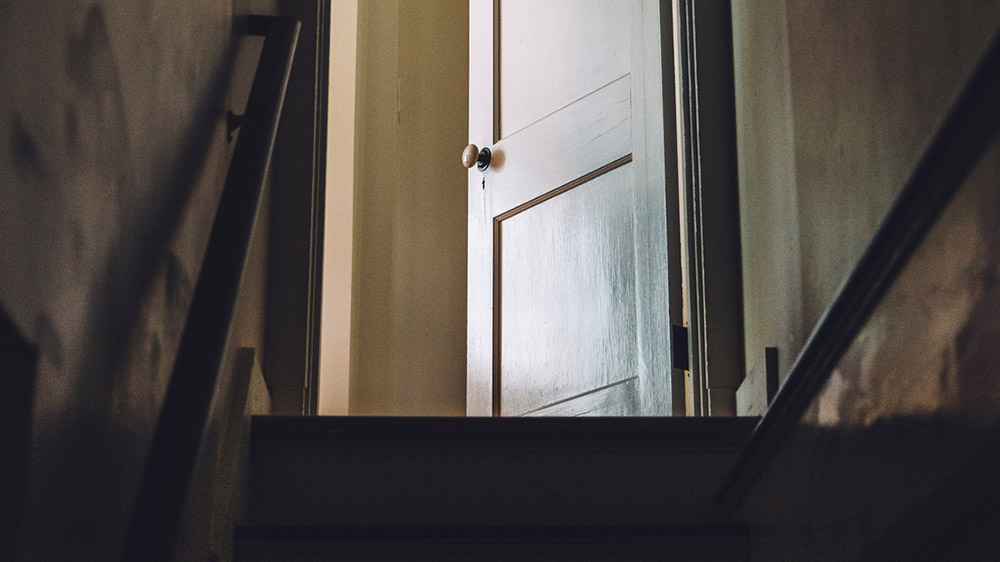January is National Radon Action Month: What better time to explore what homeowners need to know about radon and radon testing? Whether you’ve been in your home for years or are just about to close on that home for sale in Santa Fe, NM, it’s important to have your home tested — and know what to do if you get an elevated result.
Here are seven questions (and answers!) people often have about radon and radon testing.
1. What is radon?
Radon is a naturally occurring, carcinogenic, radioactive gas that’s formed from the breakdown of uranium. It’s found in rocks, soil, and water. To put in perspective just how dangerous radon can be, consider this: Smoking is the number one cause of lung cancer — radon is number two. About 21,000 Americans die from lung cancer caused by radon every year.
“Like smoking, the risks of exposure increase with the concentration and amount of time exposed,” says Darryl Watson, director of industrial hygiene services of ATC Group Services LLC in Marietta, GA.
You can’t see or smell radon. The only way to know whether it’s in your home is to test for it — and there is no safe level for radon. The U.S. Environmental Protection Agency (EPA) determined, however, that radon levels above four picocuries per liter or higher in the home need attention. “This is known as ‘action level,’ and the homeowner should take steps to reduce the entry of radon gas,” says Kelly Hager, CEO of Kelly Hager Group Real Estate Services in Chesterfield, MO.
2. How does radon get in homes?
Radon gets in homes through cracks in the foundation and walls. It can also enter “through openings around water pipes, gas pipes, sump pumps, and drains,” says Debra Holtzman, J.D., M.A., and nationally recognized child safety and health expert. “How a home was built and what construction materials were used can affect radon levels,” she adds.
If radon is in a home, it’s generally in the basement or crawl space, and in lower levels. “The EPA and the surgeon general recommend testing all homes below the third floor for radon,” says Holtzman. Radon risks increase in winter when homes are typically sealed up, keeping in any radon that might have entered the home.
3. What should sellers do to test for radon?
If you’re selling your home, it’s a good idea to test it before you put it on the market. That way, if your test reveals a radon problem, you can take care of it before it scares off buyers. “Fortunately, testing is easy and inexpensive,” says Holtzman. “Your local health department may offer free kits or kits at a reduced price. You can also purchase kits at a local hardware or home improvement store.”
4. What are some concerns sellers might have about radon?
If after testing your home, you discover elevated levels of radon, there’s no need to panic — you can fix the problem. “There are a variety of ways to lower radon levels. Your state’s radon office can provide you with a list of qualified radon mitigation contractors,” says Holtzman. “The cost for reducing radon levels in existing homes typically ranges from $800 to $2,500.”
“Depending on your skills, reducing radon levels could be a DIY job, but more likely you will need the help of a specialist,” says Watson. “Be wary of shady operators and be sure to ask for references.”
Let potential buyers know that you tested for radon and what the results were. And if you’re concerned about radon exposure while living in your home, ask your doctor to look for possible signs of lung cancer.
5. What should buyers ask about radon?
If you’re buying a house, ask whether it’s been recently tested for radon. If it has, ask to see the results. If it hasn’t, have the home tested. Although radon can be found anywhere, higher concentrations are more common in the Northeast, the Midwest, southern Appalachia, and the northern Plains. “In my area [Greater Syracuse, NY], it is common for the buyer to perform a radon test alongside the home inspection,” says Bob McTague with the CNYAgent Team of RealtyUSA. “It can be a contingency of the purchase contract.”
6. What should buyers know before buying a house that tested high for radon?
If you found a house you love but it tested high for radon, “Ask for radon mitigation to bring the levels below the acceptable limit,” says McTague. “The seller usually pays for the mitigation and any retesting. Radon in most cases can be mitigated to an acceptable level, but seek the advice of a radon mitigation specialist if you have questions or concerns.”
7. What steps should be taken to minimize radon in new-home construction?
Some builders are using radon-resistant construction materials. “The average cost to install radon-resistant features during new-home construction is $350 to $500, but the cost can be as low as $150,” says Holtzman.
The bottom line
“The vast majority of homes don’t have a radon problem, but look at the consequences if it does,” says Darryl Watson. He recommends that every house be tested for radon, whether it’s a newly constructed home or an older dwelling. This is especially true if the home is in a high-radon area, but remember that radon could be anywhere. “Testing is the only way to know if you and your family are at risk from radon,” says Holtzman.
Time to test for radon? Share your experiences and tip in the comments below!


